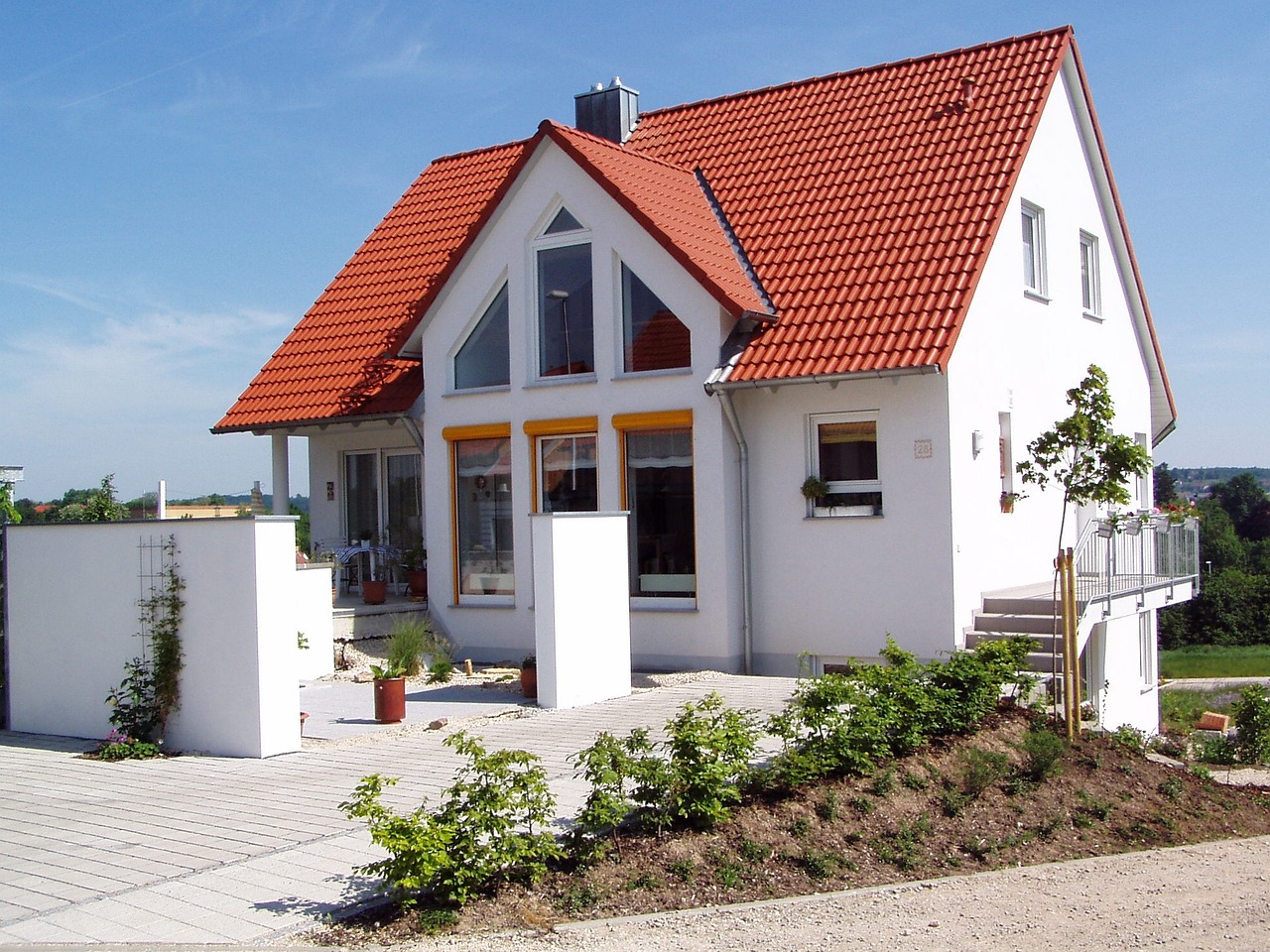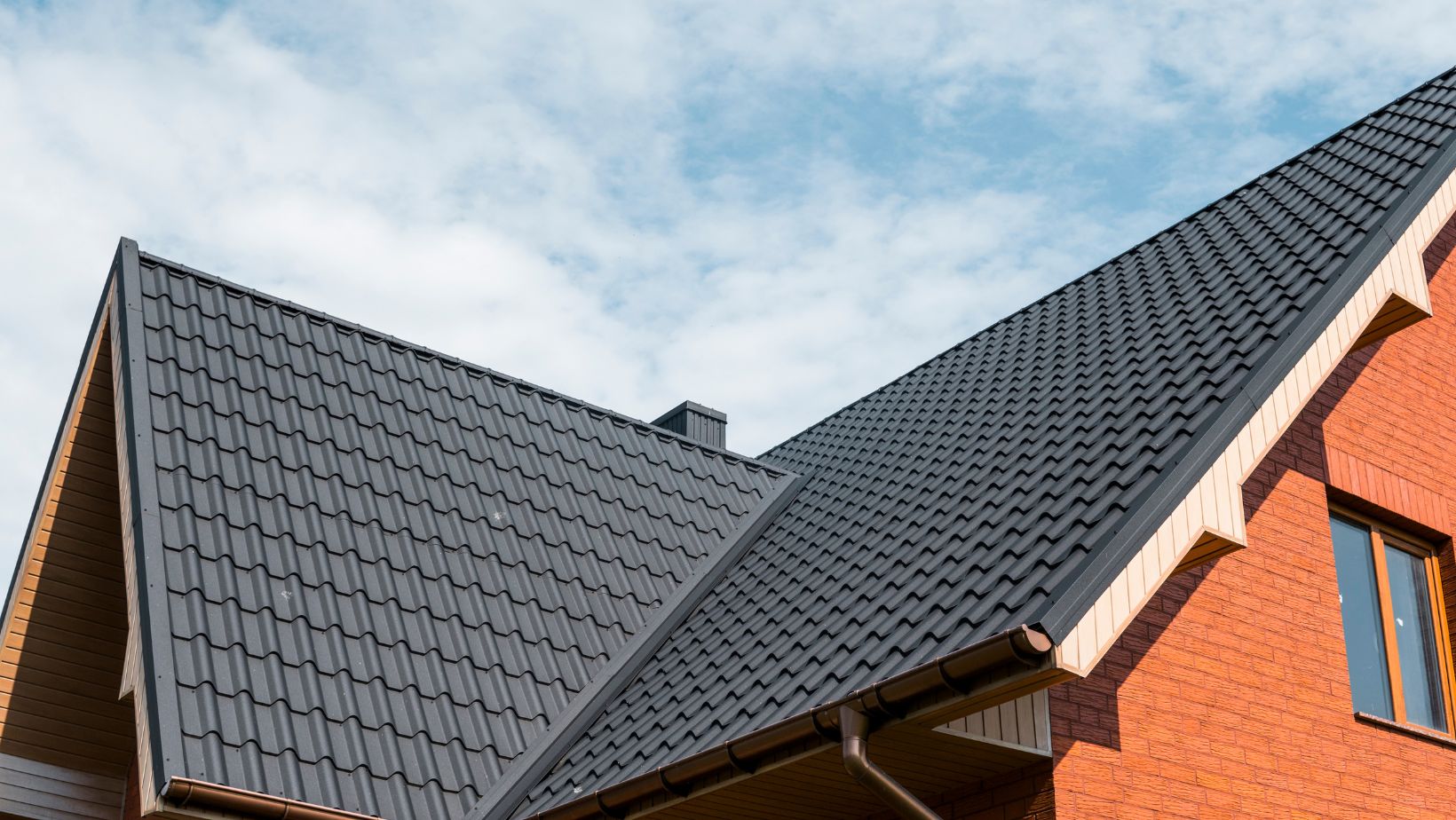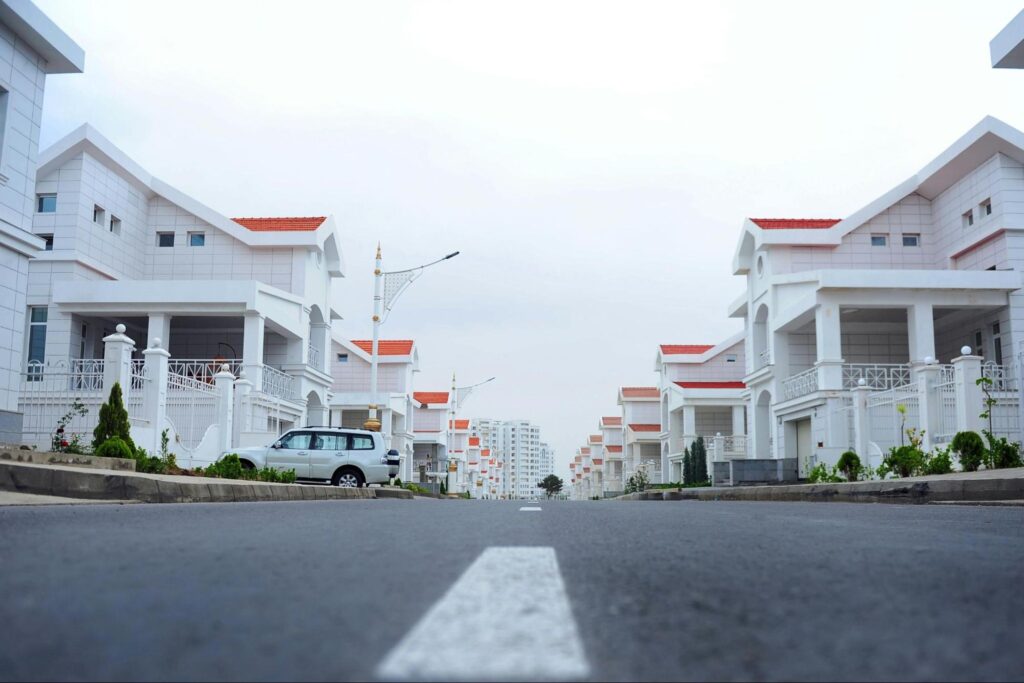Your roof is critical to your home’s structure, protecting you and your belongings from the elements. Whether dealing with a few minor repairs or considering a major upgrade, understanding the nuances of roof maintenance and enhancement is essential. This article delves into the key points you must consider when fixing and upgrading your roof, helping you make informed decisions that ensure durability and aesthetics.
Assessing Roof Damage and Identifying Needs
Before embarking on any roofing project, a thorough assessment of the existing condition is crucial. Start by inspecting the roof for visible damage, such as missing or cracked shingles, leaks, or sagging areas. Look for signs of water damage inside the home, such as stained ceilings or walls, which can indicate underlying issues. It’s advisable to engage a professional roofing inspector to provide a comprehensive evaluation, especially for hard-to-reach areas or extensive damage.
Once you’ve identified the extent of the damage, determine whether you need minor repairs or a complete roof replacement. Minor repairs might include fixing a few shingles, addressing small leaks, or sealing gaps. On the other hand, if the damage is widespread or the roof is nearing the end of its lifespan, upgrading the entire roof might be a more cost-effective long-term solution. Consider factors such as the roof’s age, the material used, and the overall condition when making this decision.
Choosing the Right Roofing Materials
Selecting the appropriate roofing materials is pivotal to the success of your roof upgrade. Various materials offer different benefits, and your choice should align with your home’s architecture, climate, and budget. Asphalt shingles are popular for their affordability and ease of installation, while metal roofs are valued for their durability and energy efficiency. Slate and tile roofs provide a high-end look and exceptional longevity but have a higher price tag.

Evaluate the material options based on their performance in your local climate. For instance, metal roofs are highly resistant to extreme weather conditions and can reflect heat, making them suitable for hot climates. On the other hand, materials like clay tiles are excellent for areas with high rainfall due to their natural water resistance. Additionally, consider the aesthetic impact of the material, as it should complement the overall look of your home. The right choice enhances the curb appeal and ensures lasting protection and efficiency.
Professional Installation vs. DIY
Whether you tackle roof repairs or upgrades or hire a professional, the outcome can be significantly impacted. While DIY projects can save money, they come with risks, especially if you need more experience or equipment. Improper installation or repair can lead to further damage, higher repair costs, and potential safety hazards.
Enlisting a licensed roofing contractor for complex jobs or significant upgrades is advisable. Professionals bring expertise, access to quality materials, and warranties that can offer peace of mind. If you hire a contractor, read more online to select a reputable company with a proven track record. Check references, read reviews, and ensure they have appropriate licensing and insurance. Obtain multiple quotes to compare costs and understand what is included in the service. DIY might be feasible for smaller repairs if you have the necessary skills and tools. However, always prioritize safety and follow proper procedures to avoid accidents or subpar results.
Budgeting and Cost Considerations
Budgeting is a crucial aspect that should not be overlooked when undertaking a roofing project. Start by establishing a realistic budget that accounts for both materials and labor. Remember, while opting for the cheapest materials or services might be tempting, this can lead to higher long-term costs due to frequent repairs or early replacements. Factor in potential additional expenses, such as removing old roofing material, addressing underlying structural issues, or upgrading insulation. It’s wise to set aside a contingency fund for unexpected costs that may arise during the project.

Get detailed quotes from multiple contractors to compare pricing and services. Ensure that the quotes include a breakdown of costs for materials, labor, and any additional charges. Be cautious of unusually low bids, as they might indicate subpar workmanship or hidden costs. Investing in a high-quality roof might seem like a larger upfront expense but can provide significant savings in maintenance and energy efficiency over time.
Environmental Impact and Sustainability
In today’s eco-conscious world, considering the environmental impact of your roofing project is increasingly important. Opt for roofing materials that are environmentally friendly and contribute to sustainability. For example, materials like metal roofing and recycled shingles are known for their longevity and recyclability. Green roofing options, such as living roofs with vegetation, not only provide insulation but also help manage rainwater runoff and improve air quality.
Additionally, energy-efficient roofing materials can reduce your home’s heating and cooling costs. Reflective coatings and materials with high thermal resistance can help regulate indoor temperatures and lower energy consumption. By choosing sustainable roofing options, you contribute to environmental conservation and may also qualify for various rebates or incentives aimed at promoting green building practices.
Fixing and upgrading your roof is a significant undertaking that requires thoughtful planning and execution. From evaluating the extent of damage and selecting the appropriate materials to making informed decisions about professional versus DIY work and budgeting effectively, each step plays a critical role in the overall success of your project. By thoroughly assessing the condition of your roof and choosing high-quality materials that suit your home’s needs and your local climate, you lay the foundation for a durable and aesthetically pleasing result.
Budgeting is not merely about managing costs but also about ensuring that your investment delivers long-term value. While it’s tempting to cut corners, investing in quality materials and professional installation can save you from frequent repairs and higher future costs. Additionally, considering the environmental impact of your roofing choices not only aligns with sustainable practices but can also lead to energy savings and potential financial incentives.
Ultimately, a well-executed roofing project enhances your home’s protection, energy efficiency, and curb appeal. Whether you’re addressing minor repairs or undertaking a full upgrade, the decisions you make will impact your home’s safety and comfort for years to come. By staying informed and making strategic choices, you ensure that your roofing project meets your expectations and provides lasting benefits.



